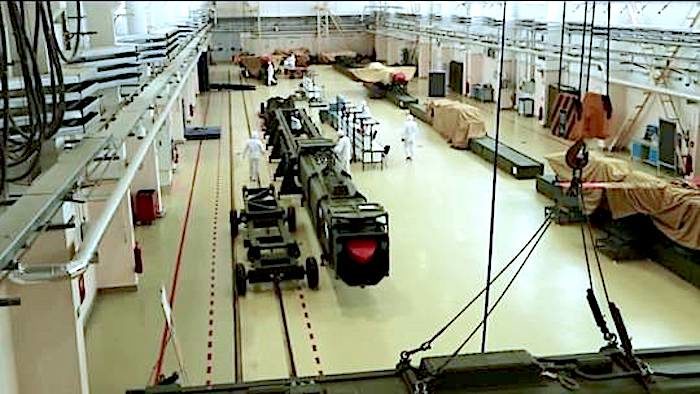OF THE
TIMES
Heaven and hell are eternal places because they are always present at the extremes of human existence, for better or for worse. People are constantly choosing between them, although they are generally not conscious of that in an articulated manner.
Unemployment is above 20% and inflation is above 10%. The government gives us nothing but manipulated statistics. Reminds me of the WEF...
If it is the case - which it appears to be - that Tribal Members have become Judges in the King's Court, it is prudent to consider that Tribal Law...
At paragraph 2 I had to ask, who is writing this? Go back up to look, and....BBC.... yeah, hardly biased.
Very enlightening perspective. Its a dying feature in this old world!
Achtung! Heil Biden! Sorry let me translate that into Canadian... Fuck Trudeau and his NWO
To submit an article for publication, see our Submission Guidelines
Reader comments do not necessarily reflect the views of the volunteers, editors, and directors of SOTT.net or the Quantum Future Group.
Some icons on this site were created by: Afterglow, Aha-Soft, AntialiasFactory, artdesigner.lv, Artura, DailyOverview, Everaldo, GraphicsFuel, IconFactory, Iconka, IconShock, Icons-Land, i-love-icons, KDE-look.org, Klukeart, mugenb16, Map Icons Collection, PetshopBoxStudio, VisualPharm, wbeiruti, WebIconset
Powered by PikaJS 🐁 and In·Site
Original content © 2002-2024 by Sott.net/Signs of the Times. See: FAIR USE NOTICE

(NOW THAT'S THE ULTIMATE IN RECYCLING!)
Nuclear engines for missiles were first made in the 1960s.
R.C.